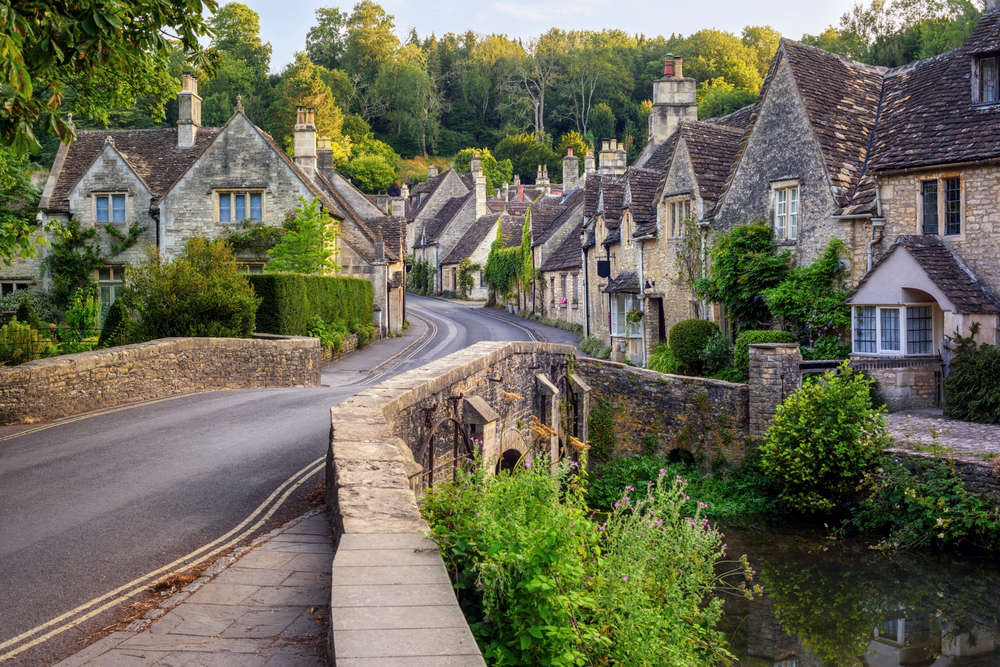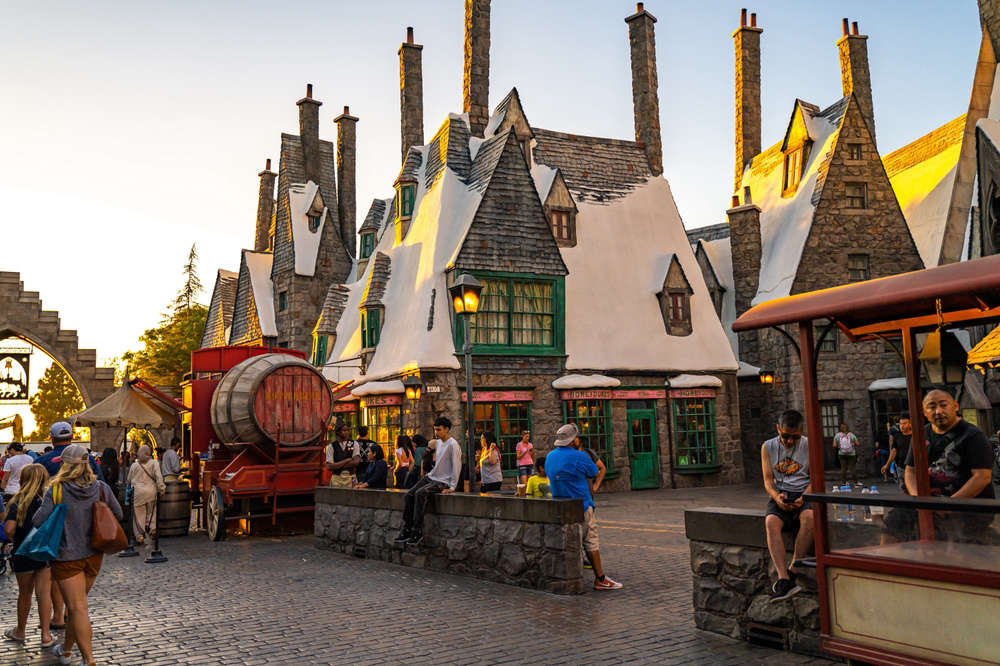
The ancient world was home to many marvels, from towering statues to grand temples. While many of these wonders have been lost to time, some remain for modern explorers to visit and admire. Here are five ancient wonders that you can still experience today:
1. The Colosseum, Italy:
Rome's Colosseum is a symbol of the grandeur of the Roman Empire. Completed in AD 80, this massive amphitheatre could hold up to 80,000 spectators, who came to watch gladiatorial contests, animal hunts, and other spectacles. Today, visitors can walk through the ancient corridors, stand on the arena floor, and imagine the roar of the crowds. The nearby Roman Forum and Palatine Hill offer further glimpses into Rome's ancient past.
2. Petra, Jordan:
Carved into the red sandstone cliffs of southern Jordan, Petra was the capital of the Nabataean Kingdom. Known as the "Rose City" for the colour of its stone, Petra is famous for its rock-cut architecture and water conduit system. The most iconic structure is the Treasury, with its grand facade carved into a cliff face. Visitors can explore the vast site, discovering tombs, temples, and a Roman-style theatre, all while marvelling at the ingenuity of its builders.
3. The Acropolis of Athens, Greece:
Perched on a rocky hill overlooking Athens, the Acropolis is a symbol of the glory of ancient Greece. The centrepiece of the Acropolis is the Parthenon, a magnificent temple dedicated to the goddess Athena. Visitors can explore the various structures on the site, including the Erechtheion and the Temple of Athena Nike, while enjoying panoramic views of modern Athens. The Acropolis Museum nearby offers a deeper understanding of the site's history and its significance in classical Greek culture.
4. Angkor Wat, Cambodia:
Angkor Wat is the largest religious monument in the world and a stunning example of Khmer architecture. Built in the early 12th century as a Hindu temple dedicated to Vishnu, it gradually transformed into a Buddhist temple. The complex is renowned for its intricate bas-reliefs and grand towers that represent Mount Meru, the home of the gods. Wandering through the temple's corridors, courtyards, and galleries allows visitors to immerse themselves in the spiritual and historical richness of the Khmer Empire.
5. The Terracotta Army, China:
Discovered in 1974 near the city of Xi'an, the Terracotta Army is an extraordinary archaeological find. Thousands of life-sized terracotta soldiers, horses, and chariots were buried with the first Emperor of China, Qin Shi Huang, to protect him in the afterlife. Each figure is uniquely crafted with detailed facial expressions, armor, and weaponry. Visiting the excavation site and the nearby museum allows you to witness this incredible feat of ancient craftsmanship and gain insight into China's rich history and the emperor's quest for immortality.

 Five Most Pet-Friendly Destinations in the UK
Five Most Pet-Friendly Destinations in the UK
 Five UK Valentine's Destinations Perfect For A Night Away
Five UK Valentine's Destinations Perfect For A Night Away
 Five Highly Romantic Meals Perfect for Your Valentine
Five Highly Romantic Meals Perfect for Your Valentine
 Five Fantasy Worlds We'd Love to See Become Theme Parks
Five Fantasy Worlds We'd Love to See Become Theme Parks
 Five Most Romantic Valentine’s Gestures From Europe
Five Most Romantic Valentine’s Gestures From Europe
Comments
Add a comment